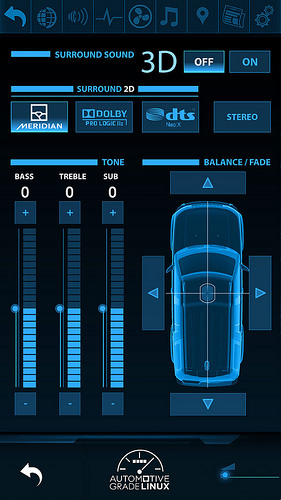 The hottest up-and-coming auto show may very well be CES. Many of the world’s biggest automakers will be there, and they’ll be showing off more than new electric or self-driving cars. The technology inside our cars for music, infotainment, and GPS is also a big part of story. Especially with consumers expecting their “connected” car experience to be as glitzy, convenient, simple and easy to upgrade as their smart phone or wearable.
The hottest up-and-coming auto show may very well be CES. Many of the world’s biggest automakers will be there, and they’ll be showing off more than new electric or self-driving cars. The technology inside our cars for music, infotainment, and GPS is also a big part of story. Especially with consumers expecting their “connected” car experience to be as glitzy, convenient, simple and easy to upgrade as their smart phone or wearable.
While some car companies are partnering with Google on self-driving cars for the future, there’s also a major shift taking place that provides a tremendous opportunity and demand for Linux and an open ecosystem that invites industry-wide collaboration.
The Linux Foundation Automotive Grade Linux (AGL) Collaborative Project is kicking off CES with two major announcements that show car makers are embracing open development and code.
With four new major automotive OEMs stepping up to join the project (see announcement here), AGL is well-positioned to quickly become the de facto standard for automotive. Mazda, Mitsubishi Motors, Subaru as well as Ford, the first U.S. auto maker to join AGL, are committing to an open ecosystem and a common platform to accelerate rapid innovation. They see a clear benefit to working alongside other AGL members like auto suppliers, communications and semiconductor companies and collaborating directly with our global community of developers to advance the software for connected car applications. But even more important, it’s a clear indication that carmakers are embracing an open source development methodology that has been highly successful in other markets.
Thanks in part to new member resources, several members upgrading their membership levels and very active collaboration and development, we already have a major new release to announce as well. Our new AGL Unified Code Base (UCB) distribution leverages the best software components from AGL and other existing open source projects such as Tizen and GENIVI Alliance.
At CES, the AGL UCB will be featured as part of the GENIVI CES 2016 Demonstration Showcase in the Trump International Hotel on January 6-7, 2016. Demo applications for navigation, HVAC control, radio, media player and browser, settings and home screen are on display this week.
This new distribution integrates the best components from AGL, Tizen, GENIVI and related open source code into a single AGL Unified Code Base, allowing carmakers to leverage a common platform for rapid innovation.
Already several members of AGL, including Toyota, Aisin AW, DENSO, Fujitsu Ten, HARMAN, Panasonic, Pioneer and Renesas Electronics are planning to use the AGL Unified Code Base distribution to deliver a modern in-vehicle infotainment (IVI) and connected car experience for consumers.
The AGL UCB distribution will play a huge role in the adoption of Linux-based systems for all functions in the vehicle too. Although initially focused on IVI, the new distribution has been architected to allow different profiles to be created from the same code base to address all applications in the car, such as instrument cluster, heads up display, telematics and connected car.
The automotive industry needs a standard open operating system and framework to enable automakers and suppliers to quickly bring these smart phone-like capabilities to the car. Auto OEMs are also are not willing to cede control of their display technology, embedded systems and data to a single software technology company. So don’t be surprised if the Linux penguin laps the competition in the automotive industry this year.
To read more about the Automotive Grade Linux or get involved, please visit: https://www.automotivelinux.org/.
Dan Cauchy is General Manager, Automotive Grade Linux at The Linux Foundation.


